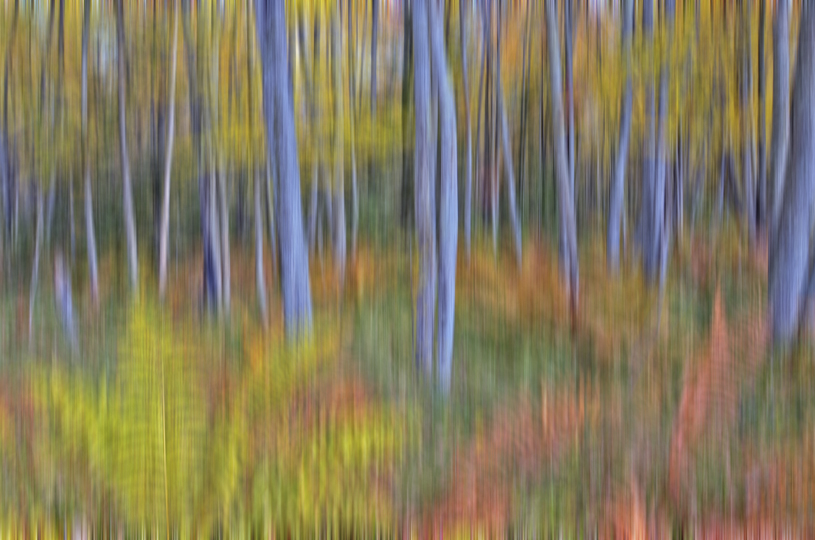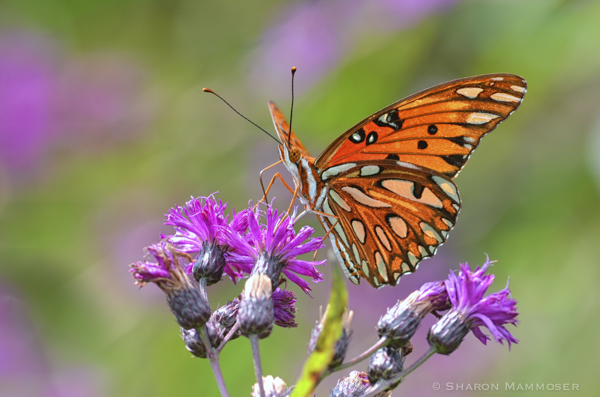
Did you recognize the purple flower from last week’s puzzler as New York Ironweed, Vernonia noveboracensis? It is commonly seen in fields in eastern North America, blooming from September through October. It serves as an important nectar source for butterflies, including the migrating monarch butterfly.
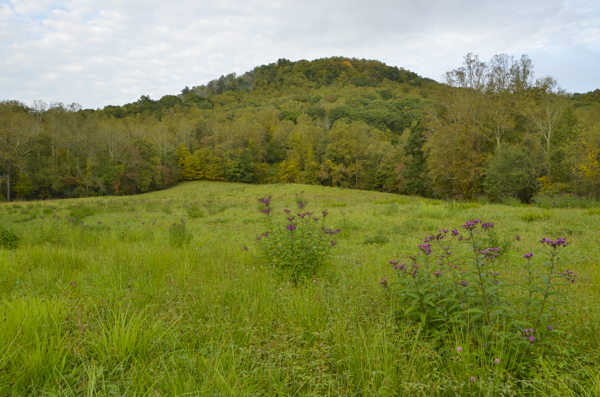
There are about 17 species of ironwood in North America, including one called Giant Ironweed that can grow to be 9 feet tall. All ironweed has strong stems (hence the name–Iron weed) and purple flowers, with alternate leaves going up the stalks. Flower heads consist of 10-20 purple clusters.
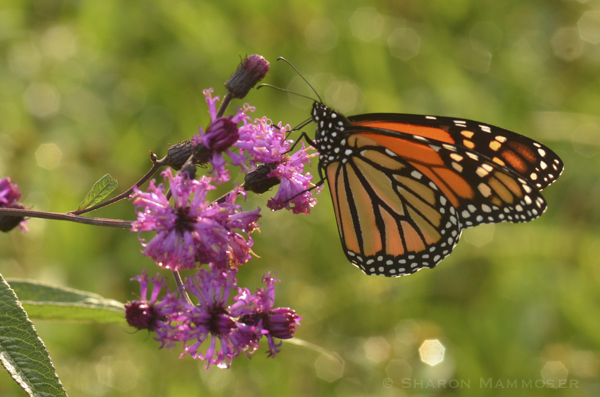
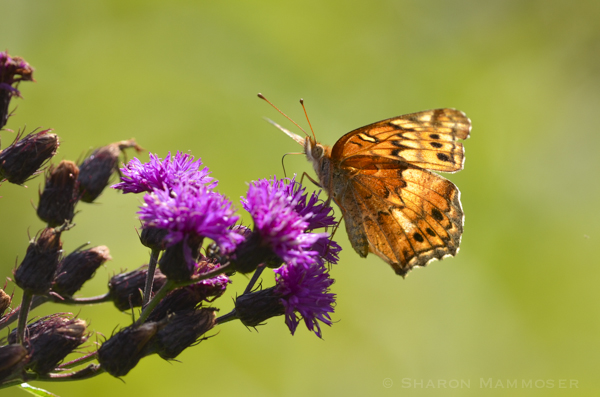
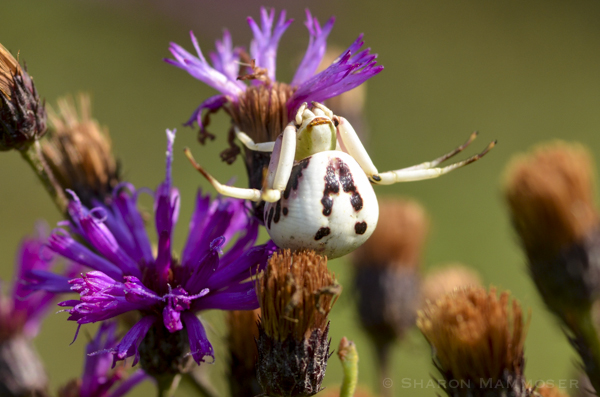
Have a fabulous weekend! It’s the last one before we say hello to another month!

